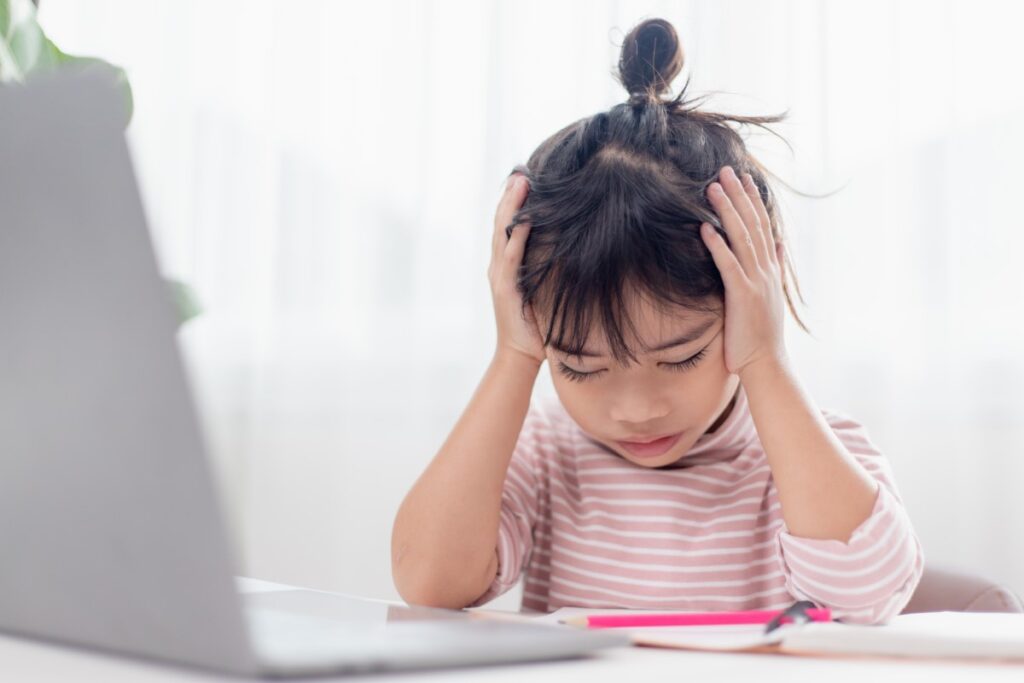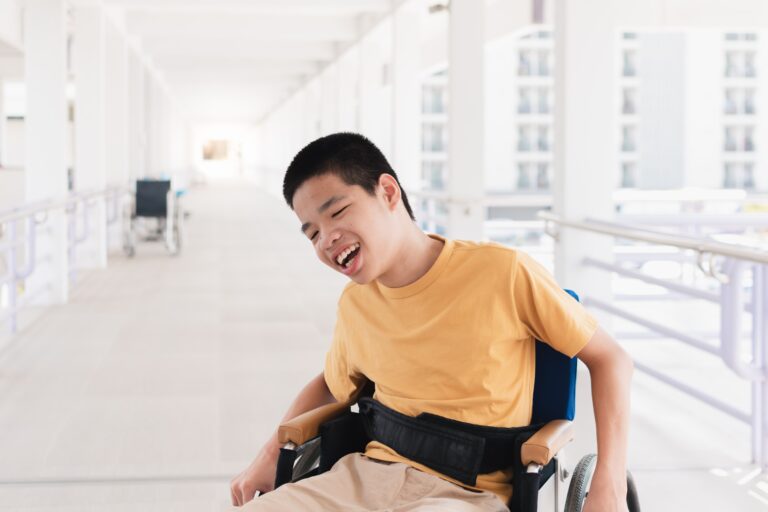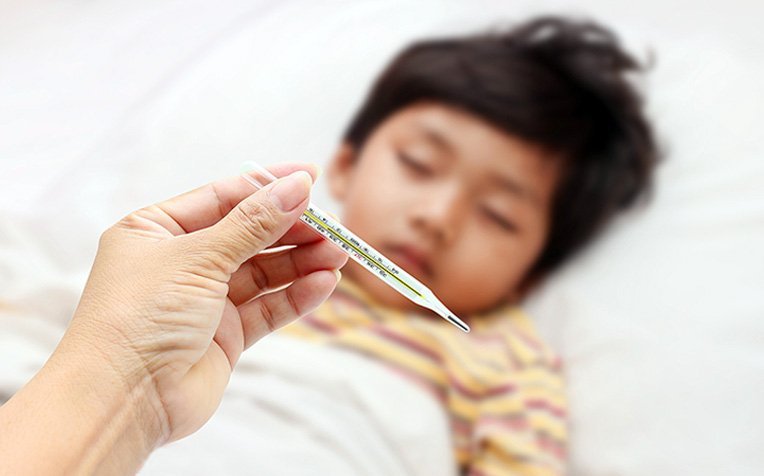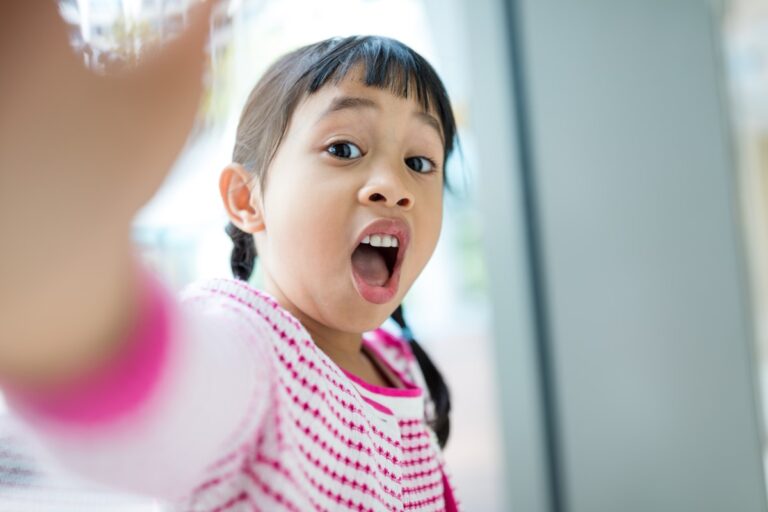Imagine a relentless, throbbing, pulsating pain that feels like your head is being clamped in an iron grip. Every heartbeat feels like another twist, the world around you might seem too bright, or too loud, and every sound or light feels like it’s amplifying the pain. This is often how migraine pain is described.
But for a child, it can be even more intense and overwhelming.
As a parent, watching your child endure this agony is heartbreaking. Even though all you want is to ease their suffering, migraines can seem like an impossible challenge. The first step in treating this illness is comprehending migraines and how they appear in young patients.
So, What is Migraine?
A migraine is a neurological disorder characterized by recurrent episodes of moderate to severe headache pain. This pain can be accompanied by various symptoms, from nausea and vomiting to visual disturbances and sensitivity to light, sound, and smell. Unlike tension headaches, which are often dull and constant, migraine pain is typically throbbing and pulsating.
Childhood migraines are more than just headaches; they are complicated neurological disorders that can have a major negative influence on a child’s quality of life. When working with children, it might be more difficult to identify symptoms because they don’t comprehend why they are in so much pain and this confusion can lead to prolonging the pain.
Looking for Symptoms
Children’s migraines typically affect both sides of their head, whereas adult migraines are more often one-sided. The perception of pain is also influenced by gender; females are more prone than boys to report higher levels of pain intensity and frequency, especially during puberty, probably as a result of hormonal changes and social pressures.
Migraine episodes in children can be crippling, causing loss of school, sports, and other activities, However, they are frequently shorter than those in adults. In addition to the intense headache, children with migraines may experience:
- Lightheadedness
- Dizziness
- Difficulty focusing
- Sensitivity to sound
- Sensitivity to light
- Loss of appetite
- Abdominal pain
- Nausea and/or vomiting
Children who have migraines frequently feel alone and misinterpreted. Their severe pain may be difficult for them to describe, and people may write off their symptoms as “stomach bugs” or “tiredness.” Frustration and a feeling of isolation may result from this.
A child’s life can be profoundly affected by migraines. Friendships may deteriorate, school attendance may be disrupted, and participation in extracurricular activities may be impossible. Anxiety and melancholy may arise from the worry of experiencing another migraine attack.
What Causes Migraines in Children?
Although the precise origin of migraines is still unknown, there is a significant hereditary component. A child’s likelihood of having migraines is increased if they run in the family. It seems that nerves are more responsive to stimulation and are the source of migraines. Anything from stress to weather variations could stimulate the body.
A few other possible triggers are:
- Stress: Social pressures, schoolwork, and school can all lead to migraines.
- Diet: Some foods, such as chocolate, aged cheeses, and processed meats, can give some kids migraines.
- Sleep: The chance of migraines can be elevated by irregular sleep habits.
- Hormonal fluctuations: In females, migraine attacks may be precipitated by these changes.
- Environmental factors: Bright lights, strong smells, and weather changes can be triggers.
Types of Migraines in Children
Children may suffer from any one of the following migraine varieties, each with unique symptoms:
- Classic Migraine Without Aura: The most common kind of migraine in children is known as common migraine without aura. There are no warning indications or aura-related sensory abnormalities.
- Classic Migraine With Aura: Visual disturbances like flashing lights or zigzag patterns appear before these migraines. Usually, the aura appears 10–30 minutes before the headache does.
- Abdominal Migraine: A migraine may occasionally occur without even causing a headache. Alternatively, the child may have severe nausea, vomiting, and stomach pain. These episodes are frequently misdiagnosed as stomach infections or other digestive problems.
- Basilar Migraine: This kind of affects the base of the brain and can result in speech difficulties, lightheadedness, and even fainting. Teenagers are more likely to experience it, especially females.
- Ophthalmoplegic Migraine: An uncommon kind of migraine that affects the muscles surrounding the eyes, possibly paralyzing them briefly or causing double vision.
The Migraine Timeline
Migraine attacks are complex and often unfold in distinct stages, each bringing its own set of challenges for the child. Understanding these stages can help parents recognize the onset of a migraine and take steps to alleviate the symptoms early.
Premonitory or Warning Phase
Up to 24 hours before the headache starts, there may be the first indication that a migraine is about to strike. Children may exhibit mild symptoms like fatigue, stiff necks, or mood swings during this premonitory or warning period.
Aura
While not all migraines have an aura. Sensory disruptions known as auras can typically persist for up to one hour. Youngsters may notice dots, wavy lines, or bursts of light. Some could feel faint, lightheaded, or confused and numb. Particularly for a young child who might not comprehend what’s happening, these symptoms might be terrifying.
Headaches or Attacks
The period most people identify with migraines is known as the “headache” or “attack phase,” during which the pain is severe and throbbing, frequently making daily activities impossible. This stage can be extremely painful for kids. The youngster may experience hours of pain or, in certain situations, even longer, leaving them worn out and upset.
Resolution Phase
Sleep might be a comfort to certain kids. The headache usually lessens or goes away completely after some time of relaxation. The migraine is not entirely gone, though, even after the resolution period.
Recovery Phase
The period that follows the headache’s disappearance might extend anywhere from a few hours to many days. Since the youngster may still be affected by the migraine after this postdrome period, it’s commonly referred to as a “migraine hangover.”
Healthcare professionals frequently utilize a migraine diary to gauge the effects of headaches. The total number of headache days is computed, and the severity of the headaches is indicated by different scores.
When to See a Doctor
Even though many migraines are treatable at home, there are situations in which consulting a doctor is crucial. You should seek medical advice if your child’s migraines are getting worse, occurring more frequently, or not going away with medication. New symptoms in your kid, such as sudden weakness, blurred vision, or trouble speaking, may indicate a more serious illness that has to be treated right once.
Home Remedies and Lifestyle Changes
- Several home remedies and lifestyle modifications can help control migraines in addition to medication:
- Regular sleep patterns
- Healthy diet
- Hydration
- Stress management
Parents can assist their children in overcoming the difficulties presented by migraines and lessening their influence on day-to-day activities by identifying the warning indicators and acting early. It is possible to reduce the frequency and intensity of migraines with the appropriate treatment, enabling kids to experience childhood without as many disruptions from this crippling ailment.








